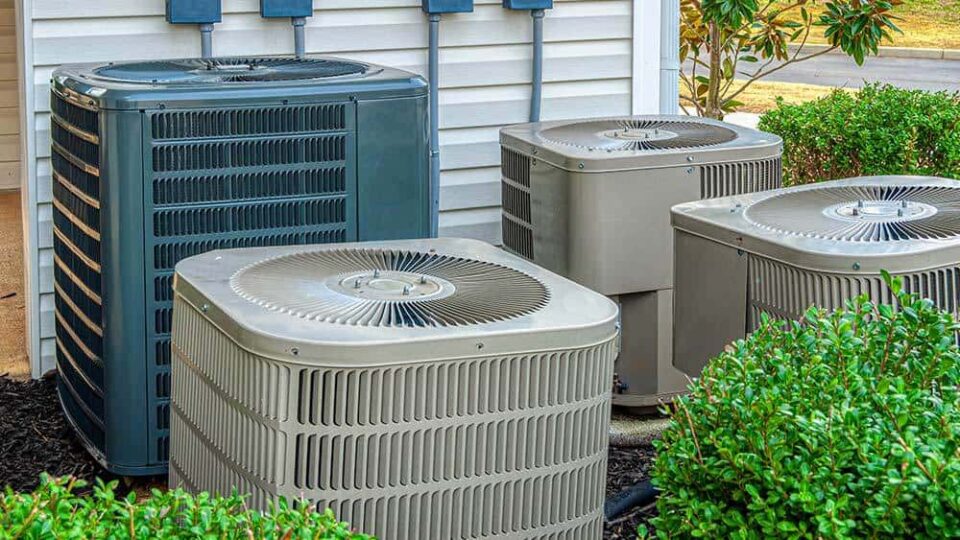HVAC systems are an integral part of every home. At some point in the year, the weather necessitates turning on your HVAC system. So, it is important to understand terms that are used frequently and interchangeably for HVAC systems. During a heat wave or a blizzard, no one can safely be without an HVAC system.
Continue reading for the ultimate guide to your HVAC system.
What does HVAC mean?
Heating, Ventilation, and Air Conditioning systems are shortened to HVAC as an abbreviation. The term is used to describe your home’s heating and cooling apparatus. Homeowners rely on their HVAC systems during the heat and humidity of the summer and the cold and wind of the winter. The entire system may include thermostats, ductwork, furnace, and cooling unit.
How do HVAC systems operate?
It’s important to understand the basics of how your HVAC system operates and to have an HVAC technician who is knowledgeable about your system.
HVAC systems have thermostats that you use to control and regulate the temperature of your home. The temperature at which you set your unit will activate the system to heat or cool the air that circulates in your home.
Based on your settings, the HVAC system draws in air. Then the unit heats cold air or takes warm air away. The unit works to treat the air to your preset temperature. Treated air is then blown out of the HVAC system into your home. Many HVAC units are powered by electricity. Those systems with furnaces can be operated by oil or gas.
Some HVAC systems have separate components for air conditioning, which is called a condenser. The fan located inside an air conditioning unit pulls in air. That air is then moved over the evaporator’s coils that are supplied with refrigerant. The AC’s coils pull in the heat from the air and reduce its temperature. The treated air then flows into the air handler. From there, the air is blown into the ducts. Harmful components are removed and released into the flue.
Other systems utilize a heat pump, which heats and cools your home. Following a similar method, the warm air is retained by the refrigerant and discharged from your home. Conversely, in the winter the heat pump brings in cold air. The flow of the refrigerant is reversed to warm the air.
Homes with furnaces generate heat by bringing cold air into the furnace. The combustion section of the furnace warms the air in the heat exchanger. Treated air is then circulated through the ducts and into your home.
What are other components of an HVAC system?
With many working parts to the unit, it’s important to have a working knowledge of the components. Anytime you need to repair your HVAC, being able to work with and understand your technician will make their work easier.
- Ductwork is threaded throughout your home. This network of pipes transport and disperse air from your HVAC unit.
- Thermostats provide the means to control the temperature of your home.
Regular maintenance and checkups on your HVAC system are essential to optimize its performance.

